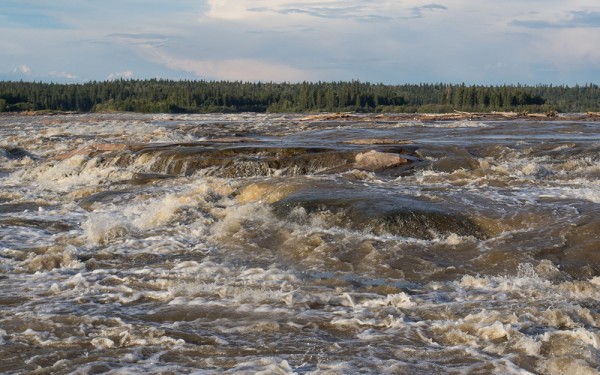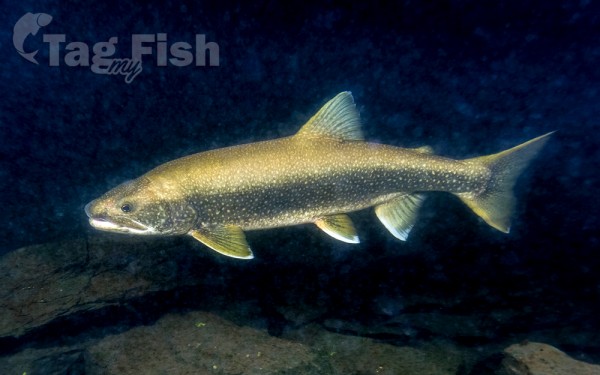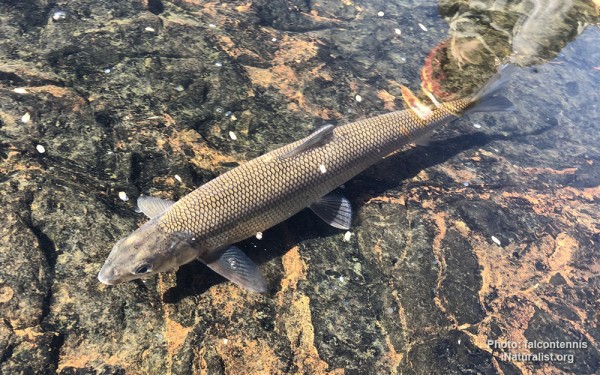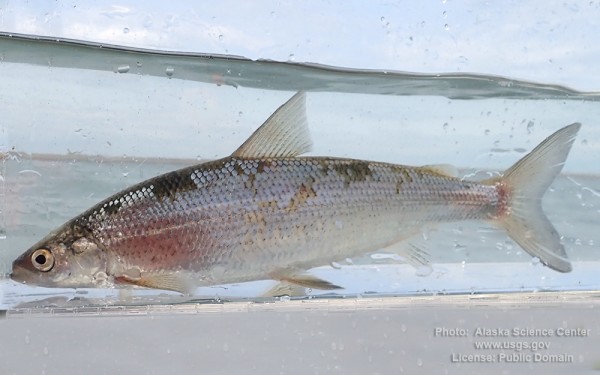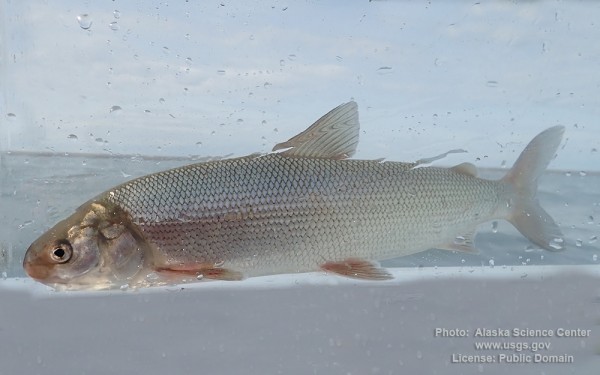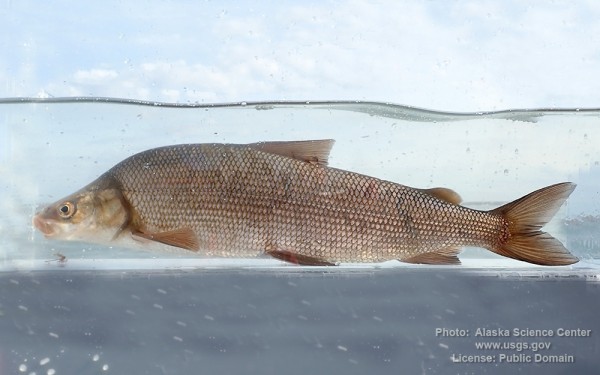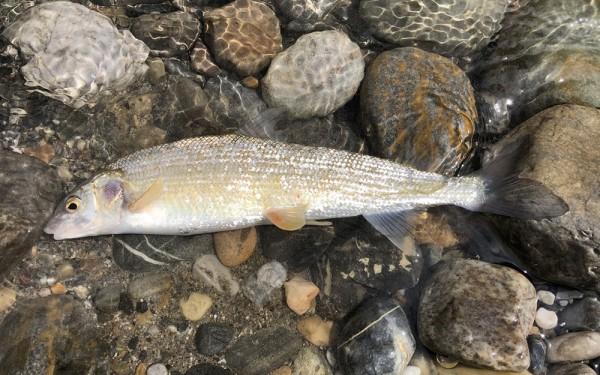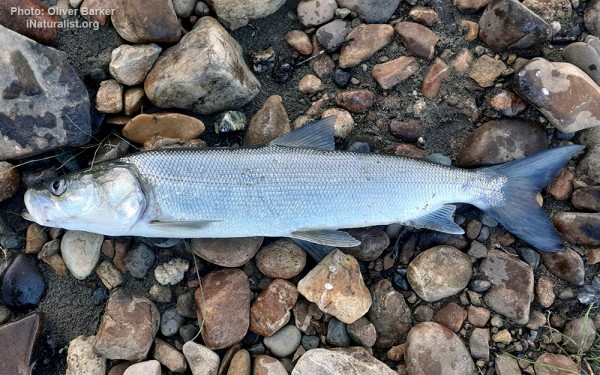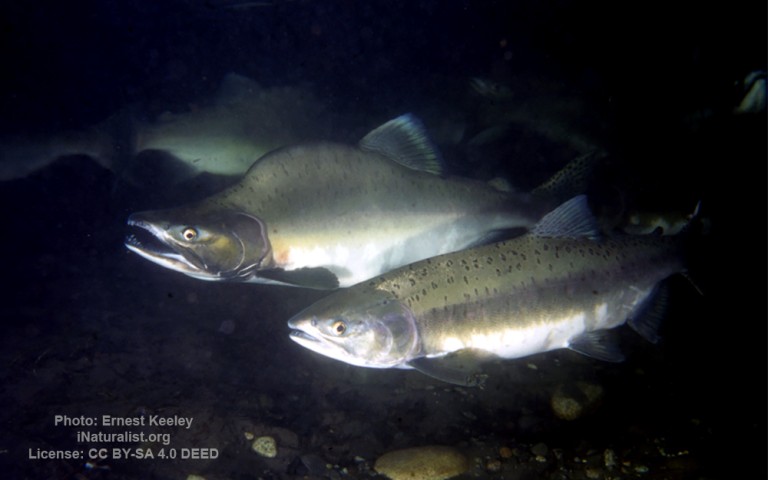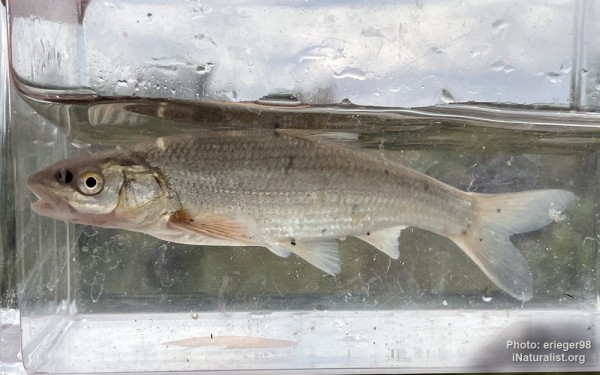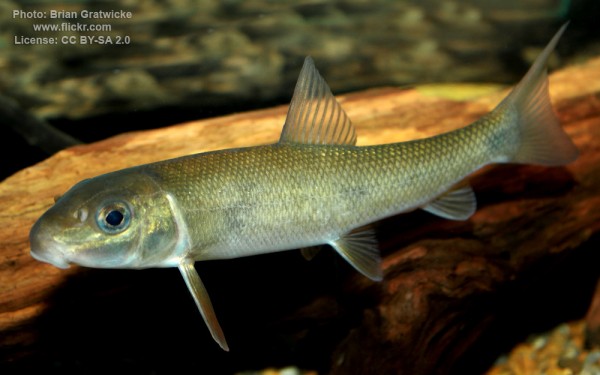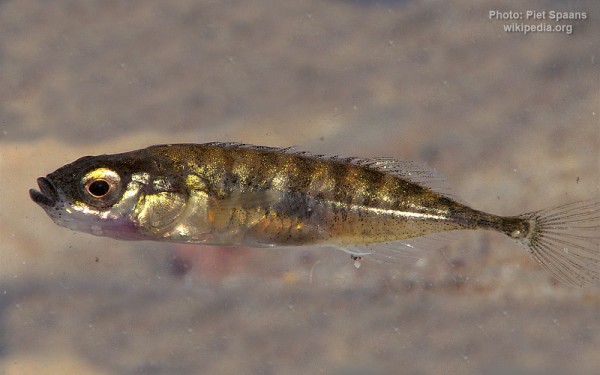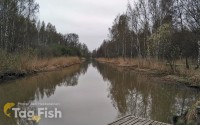Great Slave Lake
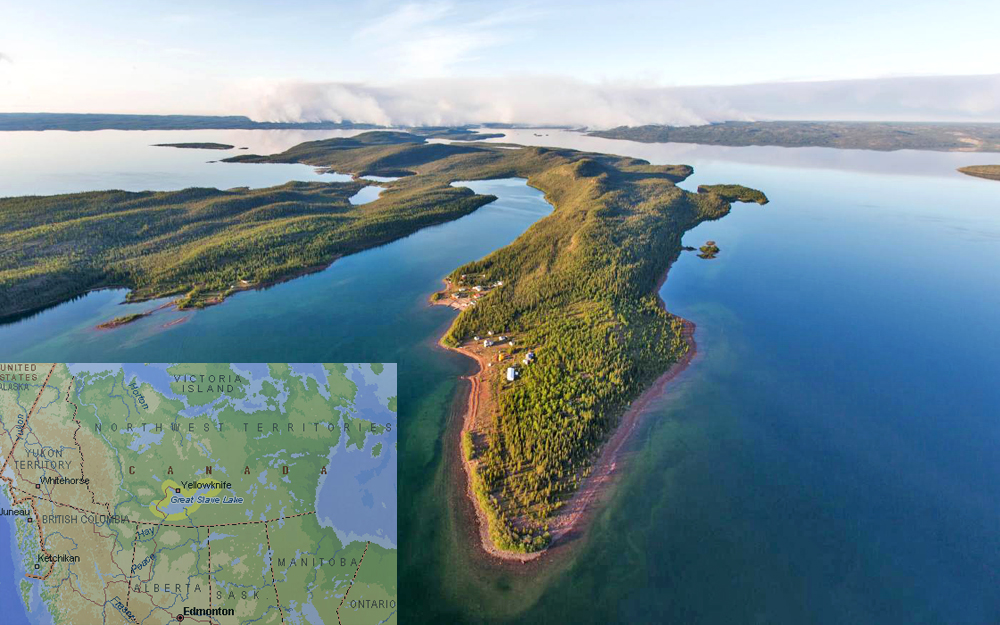
Largest tributaries
Salmoniformes - Salmons and Trouts
Salmoniformes - Salmons and Trouts
Esociformes - Pikes
Cypriniformes - Carps
Gadiformes - Cods
Gasterosteiformes - Sticklebacks
Salmoniformes - Salmons and Trouts
Esociformes - Pikes
Cypriniformes - Carps
Gadiformes - Cods
Gasterosteiformes - Sticklebacks
Great Slave Lake (French: Grand lac des Esclaves) is the second-largest lake in the Northwest Territories of Canada (after Great Bear Lake), the deepest lake in North America at 614 metres (336 fathoms; 2,014 ft), and the tenth-largest lake in the world. It is 469 km (291 mi) long and 20 to 203 km (12 to 126 mi) wide.
Great Slave Lake formed at the end of the Wisconsinan glaciation, approximately 10,000 years ago. As the glacial ice retreated, sediment filled a former arm of the lake, along the present-day Slave River. The river remains the main source of water draining into the lake, although many smaller rivers and streams also contribute. The principal outflow of the lake is to the west, near Fort Providence (Zhati Koe), into the Mackenzie River.
Early fisheries researchers divided Great Slave Lake into three areas based on distinctive fish populations: a central open area, the long North Arm, and the East Arm. The dominant fish species, such as lake whitefish, lake trout, and cisco, are generally found throughout the lake, with some variations. For example, lake whitefish avoid the deepest bays, but thrive in relatively cool, shallow waters. Lake trout and grayling are most abundant in the East and North arms.
Shallow, warm, muddy waters on the southern shore and in the tip of the North Arm, near Behchokö, provide rich habitat for goldeye, white suckers, and walleye.
Great Slave Lake lies south of the treeline, within the northern boreal forest, and in the transitional space between woodlands and tundra. Jack pine and spruce are dominant species, with the most thickly wooded areas nearest to the shore. The lake has a moderating influence on the local climate, enabling a longer growing season than in regions farther from its waters. In general, Great Slave Lake begins to freeze over in late November and the ice remains until mid-to-late May. By mid-June the water is open, and mid-summer is the calmest time on the lake. In the fall, stormy weather becomes more common, often blowing in with little warning.
